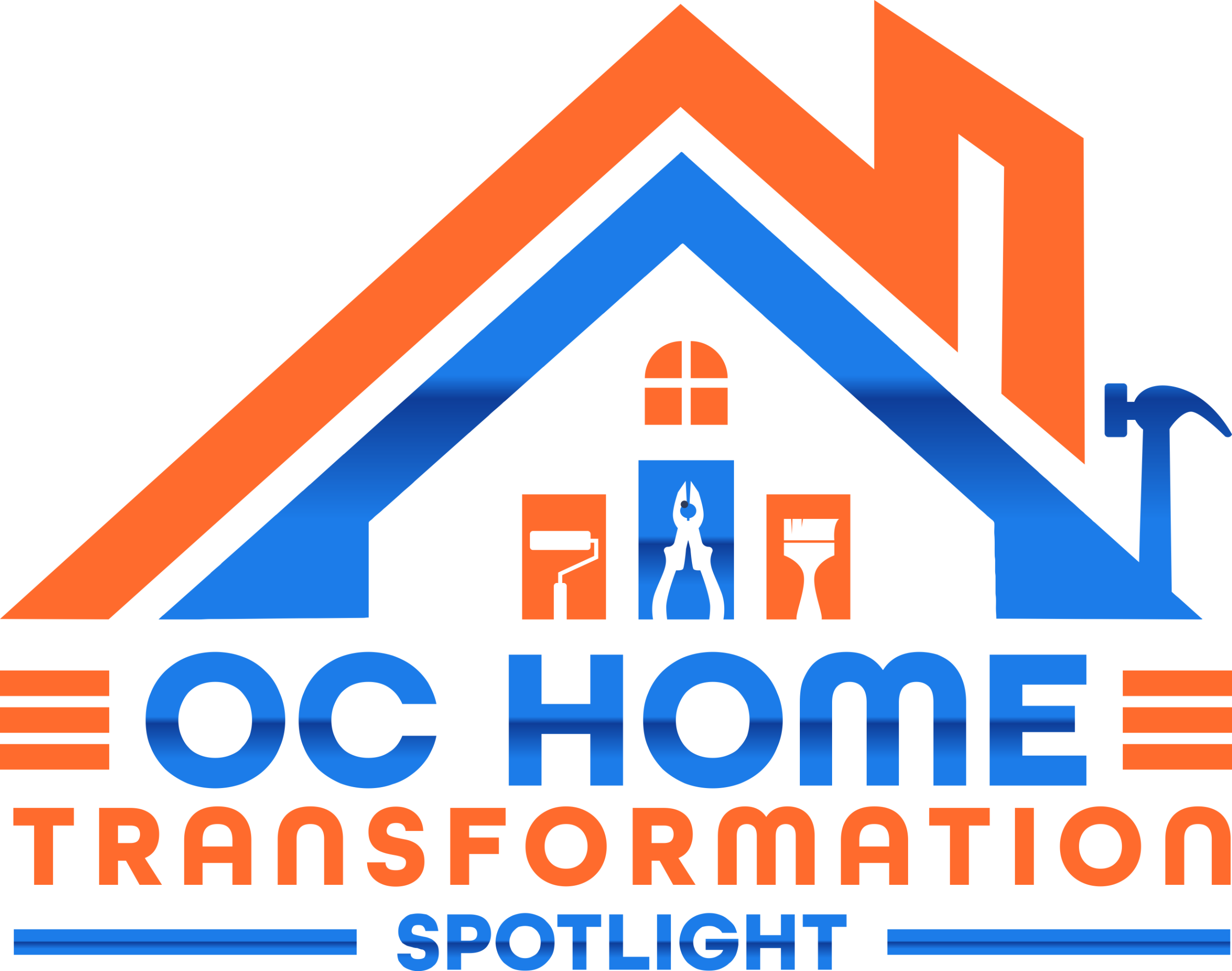Budget cuts impact millions of Americans who depend on essential services like healthcare coverage and food assistance. The recent GOP budget overhaul presents sweeping reductions that threaten to unravel crucial programs within the social safety net. As massive cuts to Medicaid and SNAP loom, communities across the nation brace for the repercussions of these financial constraints. Many low-income families and individuals—notably those with disabilities or chronic illnesses—risk losing critical funding that supports their well-being. With these drastic changes enforced, it is of utmost importance to examine who will be most affected by the fallout and how society can respond to safeguard vulnerable populations.
The recent financial adjustments introduced by the GOP reflect a significant recalibration of funds allocated towards public welfare services. This deliberate restructuring, often referred to as fiscal prudence, significantly impacts various support systems designed for the nation’s most vulnerable citizens. With impending alterations to programs like food assistance and healthcare, individuals relying on these resources face a precarious future. The ongoing transformation of Medicaid and alterations in food access policies create an urgent discourse surrounding economic equity and welfare support. As the dialogue unfolds regarding the fate of the social safety net, understanding the rippling effects of these budgetary decisions becomes increasingly critical.
Understanding the Impact of GOP Budget Cuts on Healthcare Coverage
The GOP’s recent budget cuts have significant implications for healthcare coverage across the United States. Medicaid, which provides essential health services to low-income individuals and families, faces stringent reductions and new work requirements. As a result, millions of enrollees may find themselves unable to navigate the complex eligibility criteria, potentially losing their only means of health support during a crucial time. This not only affects their health outcomes but may also lead to increased reliance on emergency services that could have been prevented with adequate healthcare access.
Additionally, the proposed changes threaten the stability of the Affordable Care Act (ACA) marketplace, where many Americans seek affordable health plans. The expiration of enhanced premium tax credits at the year’s end will lead to drastic premium spikes, diminishing access for low-income families and those that live in rural areas. With financial constraints tightening, many might opt to forgo necessary medical care, leading to worsened health outcomes and a strain on already overwhelmed healthcare systems.
The Consequences of SNAP Cuts on Food Assistance
The proposed cuts to the Supplemental Nutrition Assistance Program (SNAP) present a sobering reality for millions of low-income Americans who rely on food assistance. With plans to impose strict work requirements and lift age limits for eligibility, many eligible participants could face significant barriers in accessing this vital resource. The estimated $295 billion reduction in SNAP benefits over the next decade will undoubtedly lead to increased hunger and food insecurity, particularly among vulnerable populations such as children, seniors, and individuals with disabilities.
Moreover, the anticipated administrative burdens associated with the new SNAP eligibility criteria may lead to a rise in cases of individuals losing their benefits due to non-compliance with complex regulations. This situation could lead to an increase in emergency food demand at food banks and community organizations. As SNAP funding diminishes, these agencies may struggle to meet the rising needs of their communities, ultimately compromising the nutritional health of many families across the nation.
The Ripple Effect of Medicaid Changes on State Health Programs
As the federal government implements cuts to Medicaid, the consequences will be felt most acutely by state health programs that depend heavily on federal funding. States will be burdened with not only managing the fallout of these cuts but also potentially having to increase their spending to fill the gaps left by reduced federal support. The increased financial strain on state budgets could limit their capability to provide comprehensive care and support to vulnerable populations who rely on these services.
Rural hospitals and community health centers, often the frontline providers of health services, may be forced to downsize or even close their doors due to funding shortages. This could create healthcare deserts where access to critical medical services is drastically reduced, ultimately exacerbating health disparities among underserved communities. As such, the Medicaid changes not only affect individual families but also threaten the viability of the entire healthcare infrastructure in many states.
How Budget Cuts Will Reshape the Social Safety Net
Budget cuts proposed by the GOP are set to reshape the entire landscape of the social safety net, impacting those who need it most. As cuts affect vital programs such as Medicaid and SNAP, the support that millions depend on could be dramatically diminished. These foundational services are designed to provide assistance to vulnerable populations, including low-income families, children, the elderly, and individuals with disabilities. As these programs face stricter eligibility requirements, the fabric of support that safeguards the health and wellness of many is at risk of unraveling.
The erosion of the social safety net not only jeopardizes individual well-being but also harms community health overall. When families cannot access healthcare or adequate nutrition, it leads to increased reliance on emergency rooms and public services that are already strained. This cycle of need creates a profound disconnect between the objectives of budget cuts and the realities faced by those who depend on social assistance programs for their very survival.
The Future of ACA Marketplaces Amidst Budget Restrictions
The Affordable Care Act marketplaces have played a crucial role in expanding healthcare access to millions of Americans, but with the looming budget cuts, their future is uncertain. The expected reductions in subsidies could lead to a significant drop in enrollment, particularly affecting rural communities that rely on these marketplaces for affordable healthcare options. As families grapple with skyrocketing premium costs due to escalating out-of-pocket expenses, many may be forced to forego insurance altogether, severely limiting their access to necessary medical services.
In essence, the cuts to ACA subsidies do not merely alter the insurance landscape; they jeopardize the health of entire communities. The potential sharp decline in enrollment could result in fewer people receiving preventative care, thus leading to worse health outcomes and increased emergency care reliance. If these trends persist, we may witness a public health crisis that extends beyond individual struggles, affecting the broader social fabric and healthcare infrastructure.
The Financial Burden on Rural Health Providers Due to Budget Cuts
Rural health providers are facing an unprecedented financial strain as budget cuts take effect, particularly those stemming from Medicaid and ACA reductions. Many rural hospitals operate on thin margins, and cuts to federal funding could force them to reduce essential services or close, making it increasingly difficult for residents in these areas to access necessary medical care. This strain not only affects patient care but also threatens jobs in communities where such facilities are often the largest employers.
As these rural health providers struggle to adapt to the financial challenges posed by budget cuts, the lack of resources may lead to longer travel times for patients seeking care, increasing complications in the treatment of chronic conditions that require regular monitoring. In the long run, if rural hospitals are forced to scale back, it could lead to an irreversible breakdown of healthcare access in already underserved regions, intensifying the healthcare disparities that exist across the nation.
The Importance of Advocacy in Response to Medicaid Changes
In light of the drastic changes proposed for Medicaid, advocacy efforts are more important than ever. Organizations focused on healthcare and social justice are mobilizing to ensure the voices of those impacted by these cuts are heard at the state and federal levels. Advocacy can take many forms, from grassroots campaigns to legislative lobbying, all aimed at protecting the vulnerable populations that depend on Medicaid for their health and livelihoods.
By amplifying the stories of individuals affected by the cuts, advocates can illustrate the real-life implications of policy changes, urging lawmakers to reconsider such restrictive measures. With the potential for community-led solutions to arise, there is hope that organized efforts can influence policy outcomes, ensuring that health coverage remains accessible for millions of Americans facing uncertainty in the wake of budget reductions.
Addressing Food Insecurity Beyond SNAP
While the proposed SNAP cuts loom large, addressing food insecurity requires a multifaceted approach beyond merely reworking this program. Communities nationwide are, and will continue to be, significantly affected by reductions in food assistance, highlighting the need for local initiatives and partnerships that engage a diverse array of stakeholders. By fostering collaboration between community organizations, local governments, and businesses, new pathways can be created for providing food resources to those in need.
Furthermore, initiatives can also emphasize the importance of nutrition education and skill building to empower individuals and families to make healthier food choices on a budget. By creating awareness about local resources and food programs, communities can help mitigate the impact of SNAP cuts, ensuring that the most vulnerable populations continue to gain access to nutritious food despite federal challenges.
The Path Forward: Strengthening the Social Safety Net
As the threat of budget cuts to essential social programs looms large, it is imperative to explore proactive strategies aimed at strengthening the social safety net. Policymakers and advocates must come together to identify sustainable funding solutions that protect and enhance programs like Medicaid and SNAP rather than dismantling them. This collaborative approach could include innovative funding mechanisms that leverage private partnerships and community resources to offset losses where federal support wanes.
Investing in community health initiatives and preventive care can also counteract the negative effects of cuts, reducing long-term healthcare costs and improving outcomes for those who rely on these critical programs. Ultimately, prioritizing the well-being of our most vulnerable populations will not only contribute to healthier communities but also support a more equitable society where everyone has access to the resources they need to thrive.
Frequently Asked Questions
What are the anticipated impacts of GOP budget cuts on healthcare coverage for Americans?
The GOP budget cuts are expected to have significant impacts on healthcare coverage, particularly for the 78 million Americans enrolled in Medicaid. With the introduction of new work requirements and complex red tape, many enrollees may lose their health care coverage, especially those with chronic illnesses or disabilities who struggle to meet the new regulations.
How will budget cuts influence the Supplemental Nutrition Assistance Program (SNAP)?
Budget cuts are likely to have a detrimental impact on the Supplemental Nutrition Assistance Program (SNAP) by imposing new work requirements and reducing funding. Over the next decade, SNAP spending could decrease by $295 billion, affecting low-income Americans, especially as the age limit for work requirements rises to 55.
What changes to Medicaid are expected as a result of the budget cuts?
The budget cuts will prompt changes to Medicaid, primarily introducing work requirements and reducing funding. This could lead to millions losing health care coverage as the complex criteria may prevent eligible individuals from maintaining their benefits, placing vulnerable populations at risk.
What effects will the GOP budget cuts have on ACA marketplace health coverage?
The GOP budget cuts will impact Affordable Care Act (ACA) marketplace health coverage by reducing subsidies and potentially leading to 8.2 million people losing coverage. As enhanced premium tax credits expire, many may face increased out-of-pocket costs, which could significantly decrease enrollment, particularly in rural areas.
In what ways will state health programs be affected by budget cuts?
State health programs will face increased financial strain due to federal budget cuts to Medicaid and the ACA. This shift of financial responsibility may force states to reduce funding for community health centers and rural hospitals, potentially leading to a reduction in available services or even hospital closures.
Who will be most affected by cuts to the social safety net programs included in the GOP budget?
The most affected individuals will include low-income Americans relying on Medicaid and food assistance programs like SNAP, as well as those who receive health care coverage through ACA marketplaces. Vulnerable populations, including pregnant women, older adults, and people with disabilities, are at the greatest risk of losing access to essential services.
What types of restrictions can we expect with the GOP budget cuts to social safety net programs?
The GOP budget cuts are projected to introduce stricter work requirements and eligibility criteria across social safety net programs such as Medicaid and SNAP, alongside substantial funding reductions that could limit access to these critical resources for millions of Americans.
| Key Point | Impact |
|---|---|
| Medicaid Cuts | 78 million individuals could lose coverage due to new work requirements and red tape. |
| ACA Marketplace Changes | 8.2 million people may lose coverage as enhanced tax credits expire, increasing premiums. |
| Strain on State Health Programs | States may face increased responsibility, potentially leading to hospital closures and reduced services. |
| SNAP Funding Cuts | Low-income individuals could see $295 billion cut over the next decade, increasing the risk of food insecurity. |
Summary
The impact of budget cuts is poised to severely affect millions of Americans, especially those relying on critical social safety net programs like Medicaid and SNAP. With sweeping reductions and new restrictions from the recent GOP budget, vulnerable populations face increased health care costs, potential loss of food assistance, and a strain on state resources. As a result, the enduring consequences of these budgetary decisions will likely deepen the challenges faced by the most at-risk communities across the country.
Source: https://www.ocregister.com/2025/07/21/snap-medicaid-budget-cuts/
## Discover the Benefits of Kitchen Remodeling in Orange County
In the affluent landscape of Orange County, where median home values soar to approximately $1.18 million, kitchen remodeling presents an enticing opportunity for homeowners and OC contractors alike. Whether you reside in picturesque Laguna Beach or vibrant Newport Beach, a revamped kitchen not only enhances your living space but can also significantly increase the value of your home. Homeowners are increasingly recognizing the benefit of investing between $50,000 and $500,000 for comprehensive kitchen updates, making this the perfect time to explore high-value renovation options tailored to your local market.
### Why Choose OC Contractors for Your Home Transformation?
When embarking on a remodeling project in Irvine or Costa Mesa, partnering with experienced OC contractors ensures compliance with California’s stringent building codes and regulations. They possess the knowledge of local permit processes, streamlining your project timeline and eliminating potential delays. Additionally, OC contractors are familiar with the unique climate considerations of the region, allowing them to recommend the best materials and designs that stand up to California’s coastal weather while maximizing energy efficiency.
### Exciting Business Opportunities for Contractors
For contractors servicing the Orange County area, the rising demand for customized home remodeling solutions translates into a wealth of business opportunities. With affluent homeowners eager to upgrade their kitchens and bathrooms, there is a lucrative market for those who can offer bespoke services that resonate with the OC lifestyle. Whether it involves sourcing high-end materials or collaborating with local suppliers specializing in eco-friendly and luxury products, the scope for innovative service offerings is vast.
### Engaging with Your Local Community
As OC contractors seek to capitalize on the burgeoning remodeling market, engaging with the local community can lead to increased visibility and referrals. Consider hosting workshops on home improvement trends or participating in community home expos in Huntington Beach to connect with potential clients. Such interactions not only build trust but also position your brand as a leader in the Orange County remodeling industry. Remember, the goal is to inspire local homeowners while presenting your services as the ideal solution for their renovation needs.
In conclusion, the thriving market for home remodeling in Orange County presents a ripe opportunity for both homeowners and contractors. With careful planning and an awareness of local regulations, you can turn your renovation dreams into reality, enhancing your quality of life and increasing the value of your investment.


